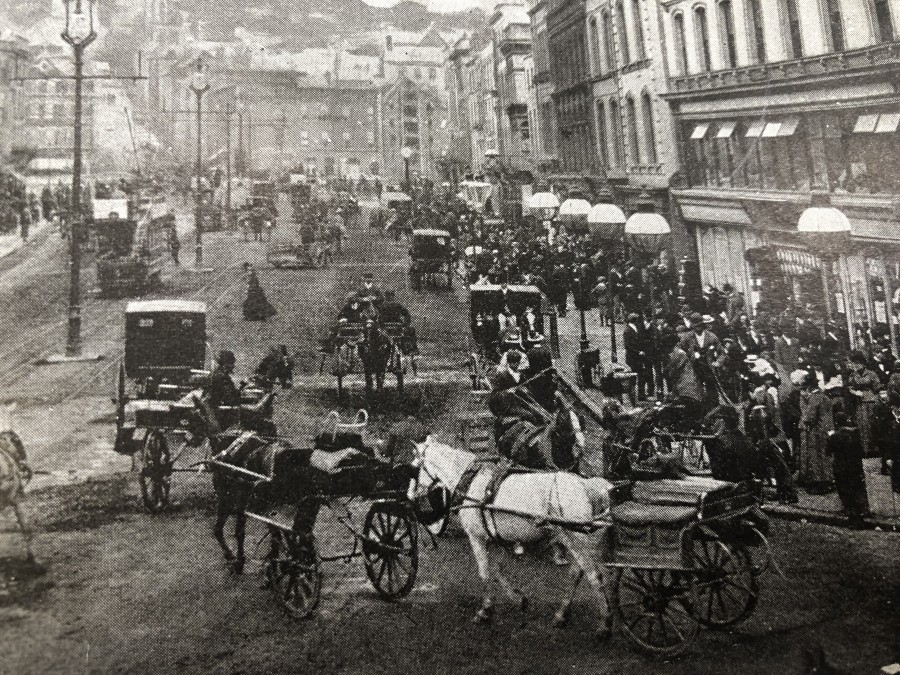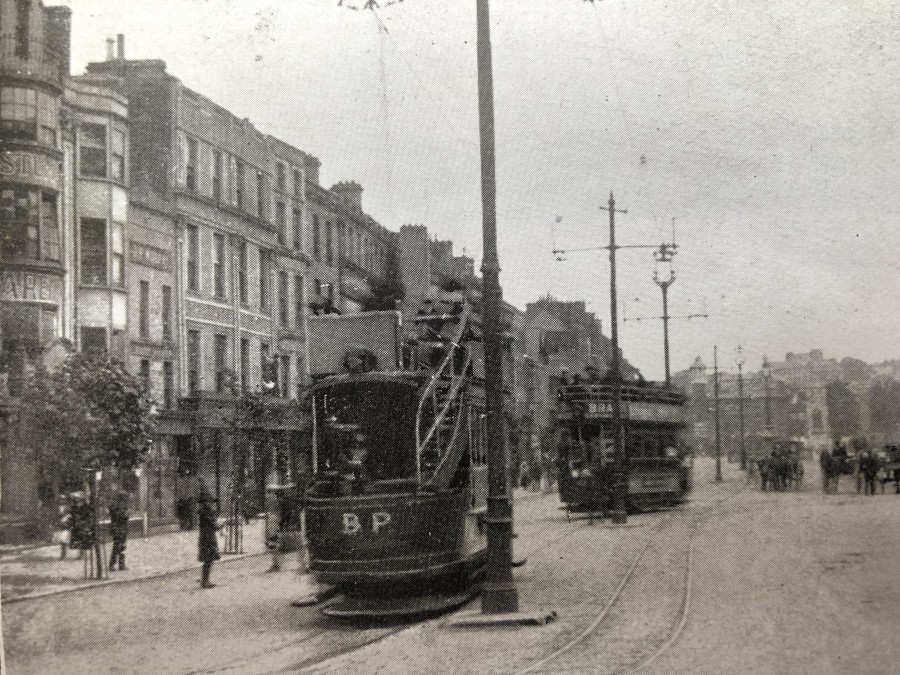Kieran’s Our City, Our Town Article,
Cork Independent, 26 September 2019
Tales from 1919: A World of Inflation
One hundred years ago this week, debate ensued in the local press of the need for future development in the Cork City and the region. It was ten months since the end of the First World War plus a city-wide carpenters strike for better wages across the city had just been resolved. The local economy was recovering and Cork architects and builders were confident of a busy season ahead in their building trade. However, several did have big concerns about house prices and rising inflation. They detailed that several new works were likely to be started, but that many of these would be almost entirely confined to remodelling and improving of business premises, offices, and stores. They did not anticipate that dwelling-house building would be undertaken, except on a very small scale.
The building of houses as a speculation or investment was regarded as being out of the question. Cork architects noted that their clients, when they explored the cost of building, went no further with the work they had been contemplating. In an interview with a Cork Examiner journalist an unnamed city contractor was asked for his views regarding the prospects of the building trade in Cork. He related that with the exception of city firms who were able and anxious to improve their business premises, there would be little else done, as the “prices of all building material and the cost of labour made the prospects of building dwelling houses by private enterprise very remote”.
Cement, which was only 30s a ton before the war, was now £6 10s. Bricks, which were then 45s a 1,000, were now 63s. Sand was 2s 2d a ton, now it was 6s. Locks, glass, water pipes, nails, and other materials had quadrupled in prices. Steel has gone from £7 10s to £17 a ton. The average hire of a man and horse, which before the war was 6s a day was now on average 25s.
Builders in Cork had plenty of work on their hands. Whether some of the works, which were held up by the strike, would be resumed before the Spring of 1920 was a matter depending to some extent on the amount of labour available. Many carpenters left Cork during the summer of 1919 and found employment elsewhere, but now that an attractive wage was being paid in Cork it was likely that the greater number of them would return.
Mr James F McMullen, architect – another interviewee – noted that the best part of the year had been wasted by the strike, and the builders would now, owing to winter weather and short days, be at a great disadvantage. Some of them have already decided, he added, not to resume certain contracts until the following Spring.
Mr William H Hill, architect, detailed that a great many projects remained held up owing to the unsettled political state of the times. His opinion was that a fall of more than 15 per cent in prices was not likely to come for a great many years but still called for investment into Cork; “There is a great need in Cork for many new buildings; there is need for properly designed modern offices; there is a need for up-to-date restaurants and hotels; but the greatest, need of all is housing for every class of the community – that is urgently required”.
In Mr Hill’s opinion he felt that middle-class housing in Cork was both “expensive and bad”, whilst comparing the same housing stock with many places in England, but particularly with America. He thought that the working-class housing, except for a few “fairly modern blocks”, was “more than deplorable”. He hoped that when new housing projects were undertaken that “they would be not merely a step in advance of the hovels we have at present, but will bring Cork right up to date in the matter, so that our houses will compare favourably with the best houses in England and America”.
Mr Daniel A Levie, architect, when asked for his views, argued that house building would remain slow until they could be let at an economic rent. In pre-war days a house, which cost £600 to build, was let at about £30 per year. A house in 1919 cost £1,200, and hence naturally the owner would require a rent of £60 per year.
Mr Bartholomew O’Flynn, Builder, detailed that the cost of building in 1919 was two and a half times that of pre-war days. All kinds of material had gone up enormously, and so had builders’ wages. With regard to the matter of house-building, he said people if they wanted housing schemes must be prepared to pay a greatly increased rent. The houses that were proposed to build under the Housing of the Working Classes Act should, he added, “be good, enough for anyone,” and he thought a tradesman with his current wages would be prepared to pay 15s a week for these houses.
The Local Government Board had also issued regulations with regard to new social housing. Certain specifics had to be provided for under the Act – a certain area for each room, a certain height for each floor – so that their cubic capacity would be greater than any artisans’ dwellings built by private enterprise or by the Corporation of Cork.
Kieran’s book The Little Book of Cork Harbour (2019) is published by The History Press and is available in Waterstones, Vibes and Scribes and Easons.
Captions:
1016a. St Patrick’s Street, Cork, c.1919 from Cork Its Chamber and Commerce (source: Cork City Library)
1016b. Grand Parade, Cork, c1919 from Cork Its Chamber and Commerce (source: Cork City Library)

